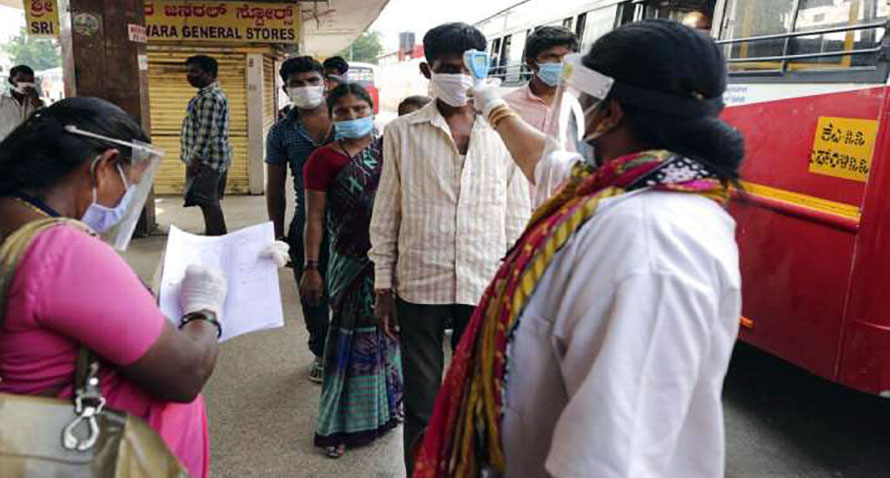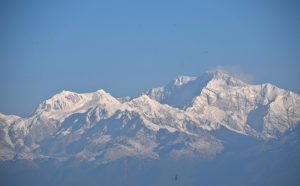
The ongoing novel coronavirus outbreak is another major infectious disease that has emerged due to an animal-human interface. The virus is named as ‘severe acute respiratory syndrome coronavirus-2’ (SARS-CoV-2) by the International Committee on Taxonomy of Viruses, the disease associated with the virus is known as Covid-19 (Coronavirus disease-2019). Till a few months ago, we all were unaware of this new coronavirus. But now its outbreak has dominated the news headlines worldwide. The outbreak has restricted travel and trade and is tremendously increasing the human mortality rate.
The transmission of viruses can be affected by factors, like altitude, climatic conditions (temperature and humidity), population density, age and gender of people, and the medical care quality. People residing at higher altitudes have higher risks of hospitalisation and death due to Covid-19 infection. At high altitude, the partial pressure of oxygen declines leading to respiratory stress. High temperatures and high humidity can successfully reduce the transmission of the virus. The arrival of summer and rainy seasons in the northern hemisphere may therefore effectively reduce the outbreak of Covid-19. In contrast, both cold and dry weather conditions weaken the human immune system, making them susceptible to viral attacks. However, if people stay at home for most of their time under the restrictions of isolation policy, weather conditions will hardly influence virus transmission due to no chance of contact between people.
Socially, large and densely populated areas with widespread poverty and high migration rates are the most vulnerable populations for the infection. The existing epidemics of HIV, tuberculosis, and malaria along with Covid-19 may further lead to increased morbidity and mortality.
Mathematical modelling has further revealed that the disease extended itself in cities and regions in a narrow east-west side of the world, roughly along 30-50o N’ latitude having an average temperature between 5-11oC and low humidity levels (specific: 3-6 g/kg and absolute: 4-7 g/m3). Soon after China, the new epicentres of disease were South Korea, Japan, Iran, and Northern Italy (all roughly along 30-50o N’ latitude). Thereafter the disease covered the Northwestern United States, Spain, and France, all along 30-50o N’ latitude. However, the virus failed to spread to countries immediately north (such as Russia and Mongolia) and south of China. The number of patients and reported deaths in Southeast Asia is still much less than those in temperate regions. All such findings reveal that using weather modelling, it is possible to predict countries most likely to be at a higher risk of Covid-19 outbreak in upcoming weeks, allowing for the concentration of public health efforts on surveillance and containment.
Jatin Mishra is associated with Mayo Institute of Medical Sciences in India; Daya Ram Bhusal with Tribhuvan University in Nepal; and Bhupendra Kumar with Banaras Hindu University in India.
























